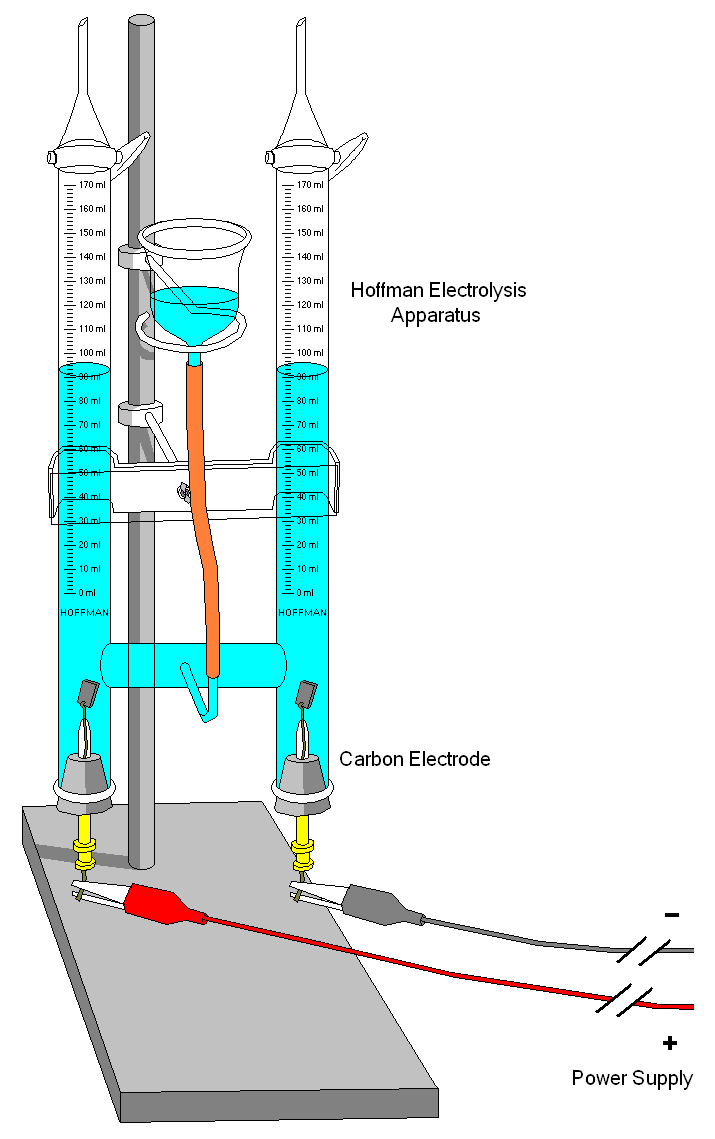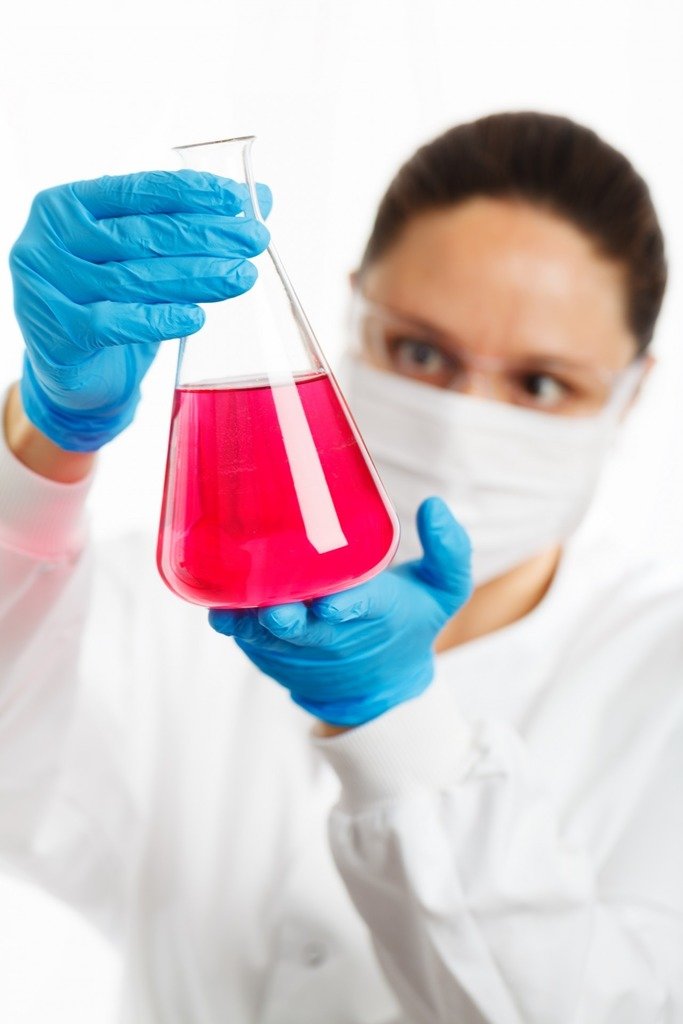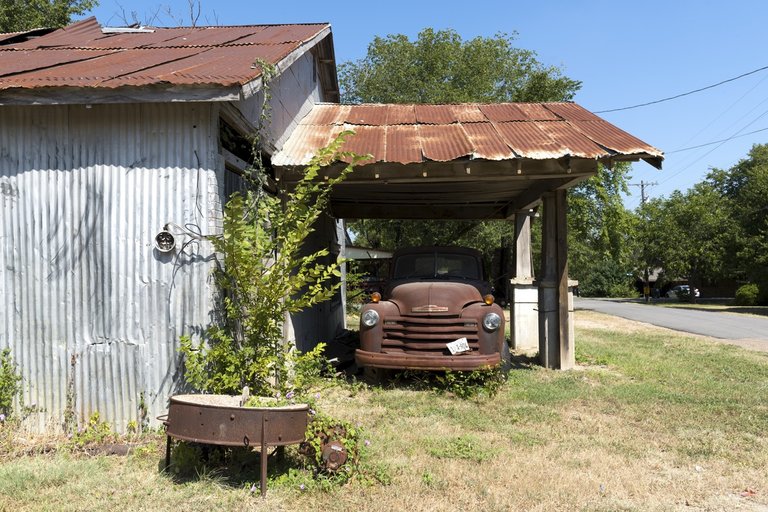Predicting a chemical reaction with the aid of electrochemical series
Today so many chemical reactions can be anticipated with the aid of the electrochemical series.
So many works involving the chemical reaction of elements and compounds in electrochemistry would not have been finalized without chemists having the ethical understanding of how elements categorized in electrochemical series react.

Laboratory equipments
CC0 Public Domain
The fundamental advantage of the electrochemical series invented by Alesssandra volta in late 1800 was to analyze how the metal reacts in a solution in electrolysis.
And since then the significant usage of the electrochemical series has been widely acknowledged in so many chemical proposes.
Readers, in this publication I will like to reveal to you some of the activities that depend solemnly on the knowledge of the electrochemical series.
Like I mentioned earlier, the major reasons for learning the electrochemical series is to know how reactive metals are,
even at that, it can as well provide us with how some of the metal compounds react.
Metals are found on the left side of the periodic table and the chemical reactions or properties of the metals depend on their number of valence electrons present in their atomic structure.
Different metals possess a distinct power to lose their valence electron in their atoms to form a positive ion. Because of these, metals are being arranged in a series according to their comparable readiness to lose the valence electron.
This series is called a reactive or electrochemical series. Positions occupied by metal on the series are a determining factor of the chemical activity of the metal and that of its compounds too.
Note that knowing the standard electrode potential values of elements are what enables us to arrange the elements in the electrochemical series.
Significant features of the series
The electrochemical series
| Metal | Reaction | Standard electrode potential E° |
|---|
| Metals | Very reactively | E° |
|---|---|---|
| Potassium K | -2.92 | |
| Sodium Na | -2.71 | |
| calcium Ca | -2.87 | |
| magnesium Mg | -2.37 |
| Metals | Moderately reactive | E° |
|---|---|---|
| Aluminium Al | -1.66 | |
| Zinc Zn | -0.76 | |
| Iron Fe | -0.44 | |
| Tin Sn | -0.14 | |
| Lead Pb | -0.13 |
| Metal | Reactive | E° |
|---|---|---|
| Hydrogen H | 0.00 |
| Metals | Least reactive | E° |
|---|---|---|
| Copper Cu | +0.34 | |
| Mercury Hg | +0.62 | |
| Silver Ag | +0.80 | |
| Gold Au | +1.50 |
Going from the bottom to the top of the table the metals:
•increase in reactivity;
•lose electrons (oxidize) more readily to form positive ions;
•corrode or tarnish more readily;
•require more energy (and different methods) to be isolated from their compounds;
•become stronger reducing agents (electron donors).
Why I said beforehand, that the electrochemical series is also the activity series is because information concerning the chemical reactivity of elements can be foreseen from the series.
From the electrochemical series, extremely reactive metals, that are good reducing agents or the strongly electropositive metals are placed at the top of the series.
These metal positions at the top of the series are said to lose their electron more readily than those below them. Therefore, elements are arranged in the series depending on how reactive they are, this placing them in decreasing order of their chemical reactivity.
As we have acknowledged that the reactivity of metals is based on how reactive they are to form ions. It should then occurred to us that metals like potassium and sodium which are at the top of the series show more eagerness to lose ions and form a compound than a less reactive metal like silver and gold.
This is why freshly-prepared sodium is not exposed to the atmosphere since it reacts vigorously with oxygen to form a compound showing that it is very reactive.
1.The occurrence of metals and extraction
More than 80 of the known elements are metals. They are mostly found in the Earth's crust as free metals or in a combined form with other elements.
The form in which a metal exists in nature is related to its reactivity.
During extraction, metals in the combined form in their ion exist as positive ions.
In this process, the metallic ions may be reduced to the corresponding metallic atom by the means of electrolytic or by Chemical and thermal process. The method chosen for the extraction of a particular metal depends on the stability of the ore which is, in turn, depends on the position of the metals in the electrochemical series.
The highly reactive metals which are above hydrogen in the series do not exist freely in nature but their ores and have proved very difficult to extract. This is due to their reactiveness with non-metals to form compounds like trioxocarbonate(iv), chlorides, trioxo-nitrates(V), sulphides, and oxide in Rock that are very stable to occur in the free state.
Metals that resisted reaction with the atmospheric gases for so many years for instance metals below hydrogen occur freely and their ores because of their inactiveness.
Now, let's see how most reactive metals are being separated by the means of an electrolytic method.
A. Electrolytic means of metal isolation
We have known that metals at the top of the series are very reactive to occur in free and uncombined form.
They hold on tenaciously to their compound ore, making it difficult to reduce the metallic ions in their ore. So electrolytic reduction is employed to extract these metals.

Common electrolysis apparatus found in the the school laboratory
Source:Wikipedia, author:Ivan Akira, CC BY-SA 3.0
Metals like potassium, sodium, calcium, and magnesium which are extra reactive are extracted from ore by electrolysis.
The metals ion are impossible to reduce with the popular reducing coke so electrolyte reduction is used.
This process is known as a very powerful redox reaction process and it is too expensive to carry out.
B.Chemical and thermal reduction method
The less reactive metals (lead, Tin, zinc) are usually isolated from their ore by reducing their oxide with non-metallic coke or carbon(IV)oxide
This process is cheap and easily available.
For instance, in the extraction of iron which is the second most abundant metal in the earth's crust after aluminum, from its ore or oxide, that is, haematite (Fe2O3) and magnetite(Fe3O4) in the blast furnace, the ore is first roasted in the air so that iron(iii)oxide is formed. The oxide formed is then mixed with non-metallic coke and with limestone and heated to a very high temperature inside the furnace.
The blast furnace is a steel tower approximately 50m high lined with heat-resistant bricks.
The iron(iii) oxide and the reducing agent is being introduced into the furnace from the top while a blast of air is sent into it from the bottom through small pipes known as tuyeres.

Former blast furnace in Port of Sagunt, Valencia, Spain.
Source:Wikipedia, author:Diego Delso ,CC BY-SA 4.0
In the furnace, the temperature varies between 200°C near the bottom to about 2000°C at the top.
In the presence of hot air at the lower level of the furnace, the reducing agent coke is oxidized by the oxygen to liberate carbon(iv)oxide which will now move up to the lesser air at the top of the furnace to become reduced again by the hot coke to form carbon(iv)oxide.
The carbon dioxide then reacts with the iron(iii)oxide, thus reducing it to molten iron. The limestone present is decomposed at high temperatures to yield calcium oxide which then combines with the impurity of silicon to form slag know as calcium trioxosilcate(iv).
The molten iron produced sinks to the lower part of furnaces and is tapped off, from there can be further purified to produce wrought iron which is the purest form of iron.
The calcium trioxosilcate(iv) and other earthy impurities form a molten slag that floats on the produced molten iron and is easily remove separately because it is less dense than the iron.
The slag is used by builders and road makers for the foundation.

Slag from iron isolation is employed in building the roads
CC0 Public Domain
The extraction of iron is a consecutive process and the furnace is typically kept going continuously for months or years until the lining has got to be replaced.
This method is cheaper to use than the electrolytic method.
2.Displacements and redox reaction
From the electrochemical series, chemists can easily infer which metal will displace another in a chemical reaction.
At a glance, the series tells us the order in which metals displace one another.

A chemist finalizing a reaction
CC0 Public Domain
Metals on the top of the electrochemical series tend to supersede those which are below them. For example, in a solution of copper(II)tetraoxosulphate(iv), if a piece of zinc reacts with this solution, it is discerned that some of the copper atoms tend to go into the solution and displace copper as an ion while copper atoms are removed and are deposited as metallic atoms on the surface of the zinc.
This reaction is achieved because zinc is higher up in the series than copper and has a greater tendency to exist as a positive ion in solution. This reaction shows that the displacement of metals from a solution is being counted on their relative position in the series. The further apart they are in the series, the easier a displacement reaction will occur.
Sodium easily displaces hydrogen from a solution but lead which is above hydrogen in the series will not easily displace the letter so readily.
Metal can't displace another which is above it in the series. Metals below hydrogen can never displace hydrogen from acids.
Having the appropriate knowledge of the displacement reaction will provide us with the clue of redox reaction(Oxidation and reduction)
From electrochemical series metals higher up in the series are strong reducing agents why those found at the bottom of the series are good oxidizing agents.
For instance, elements like copper will oxidize zinc which is above it in the series. While those on the top of the series will reduce those at the bottom of the series. This is why the electrochemical series is also known as the redox series.
3Corrosion in metals

So long exposure to rain and air evoked the rusting of the roof and the car.
CC0 Public Domain
A chemical reaction in which metal reacts with oxygen and water in the surrounding environment to deteriorate gradually and to form oxide is termed as corrosion and most metals do corrode.
Corrosion of metals in the environment depends on each position on the electrochemical series. The metal in the reactive series will corrode to a greater or lesser extent.
Naturally, metals at the higher series corrode more easily than metals at the lower series. This is to say that the higher the metal in the series the rapid it corrode.
Sodium and potassium are being stored under oil to avoid corrosion in the atmospheric air.
In our surrounding today, we can see that building made with copper roofs and iron pipes quickly becomes covered in verdigris when exposed to the moisture.

Rusting of the car occurred as a result of the the reaction between the iron and moistures
CC0 Public Domain
Ion is the most common metal that's is found around us hence each corrosion is of special significance. Another name for corrosion of iron is rusting I'm roasting is an electrochemical process. Gold and platinum reactive and do not corrode even after thousands of years.
In conclusion, the electrochemical series provides us with a lot of important information concerning chemical reactions. However, it has its limitations. The series only tells us whether a certain reaction can take place but it can not anticipate the rate at which the reaction will be completed or the proportion that goes into reaction.
References
•The Electrochemical Series
•Electrolysis and the electrochemical series
•Oxidation-Reduction Reactions

Congratulations @jsalvage! You have completed the following achievement on the Hive blockchain and have been rewarded with new badge(s) :
You can view your badges on your board and compare yourself to others in the Ranking
If you no longer want to receive notifications, reply to this comment with the word
STOPDo not miss the last post from @hivebuzz:
MY young friend @jsalvage, Why did you write an article about chemistry experiments?
Hello, this is to reveal how significant the activities of the electrochemical series is to the chemical reactions.
This reminds me of my O level chemistry. The good old days
Indeed sir!! Thank you for stopping by and have a happy Sunday
you are welcome
Posted via D.Buzz